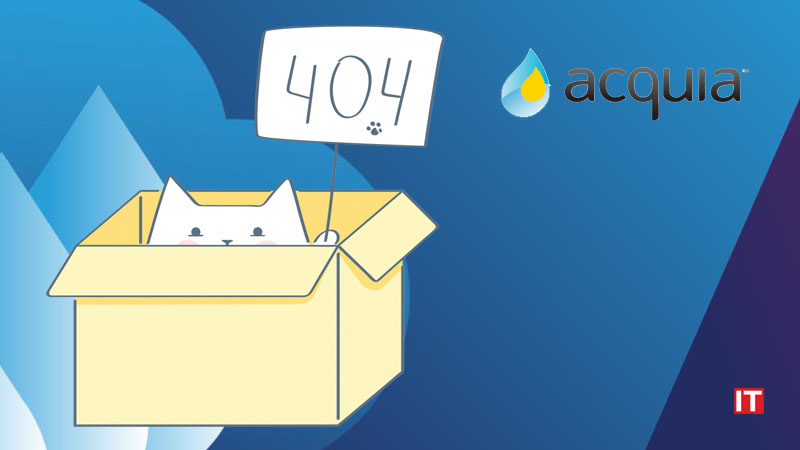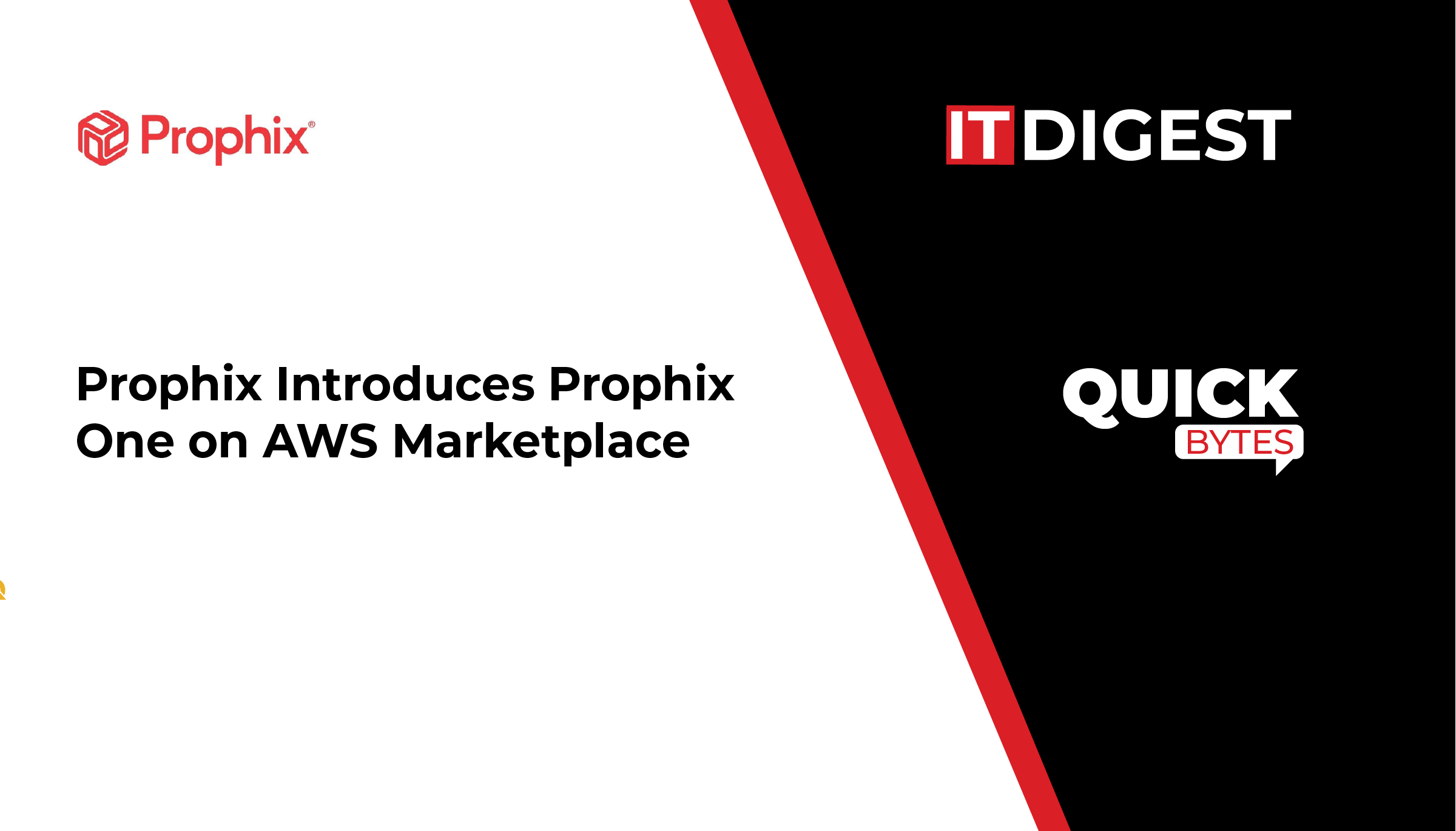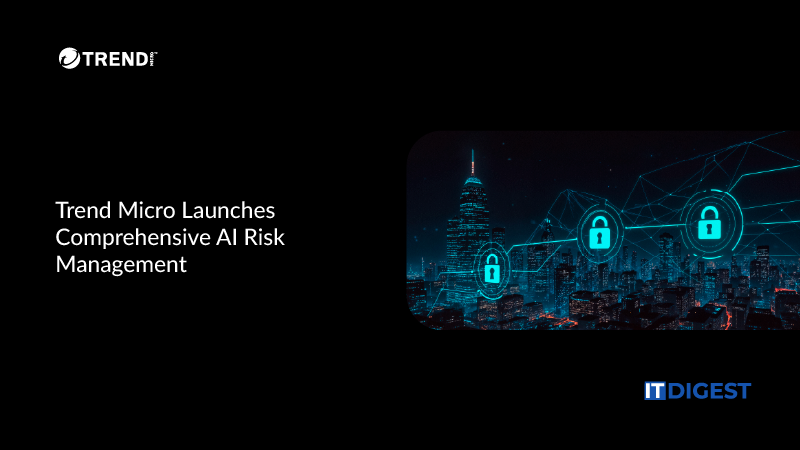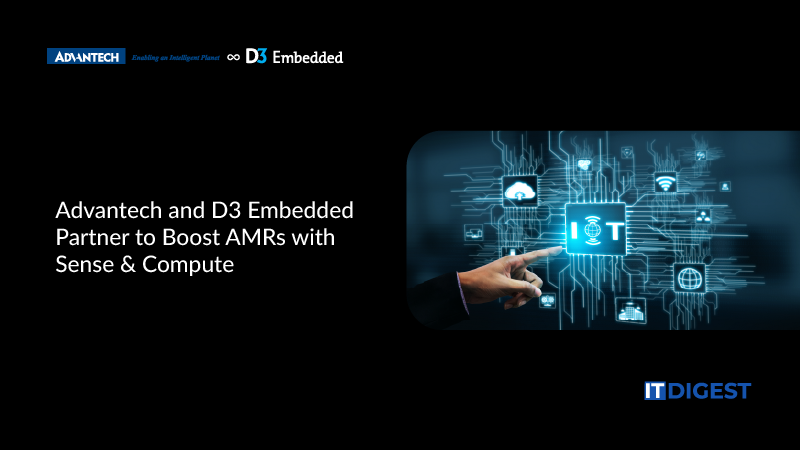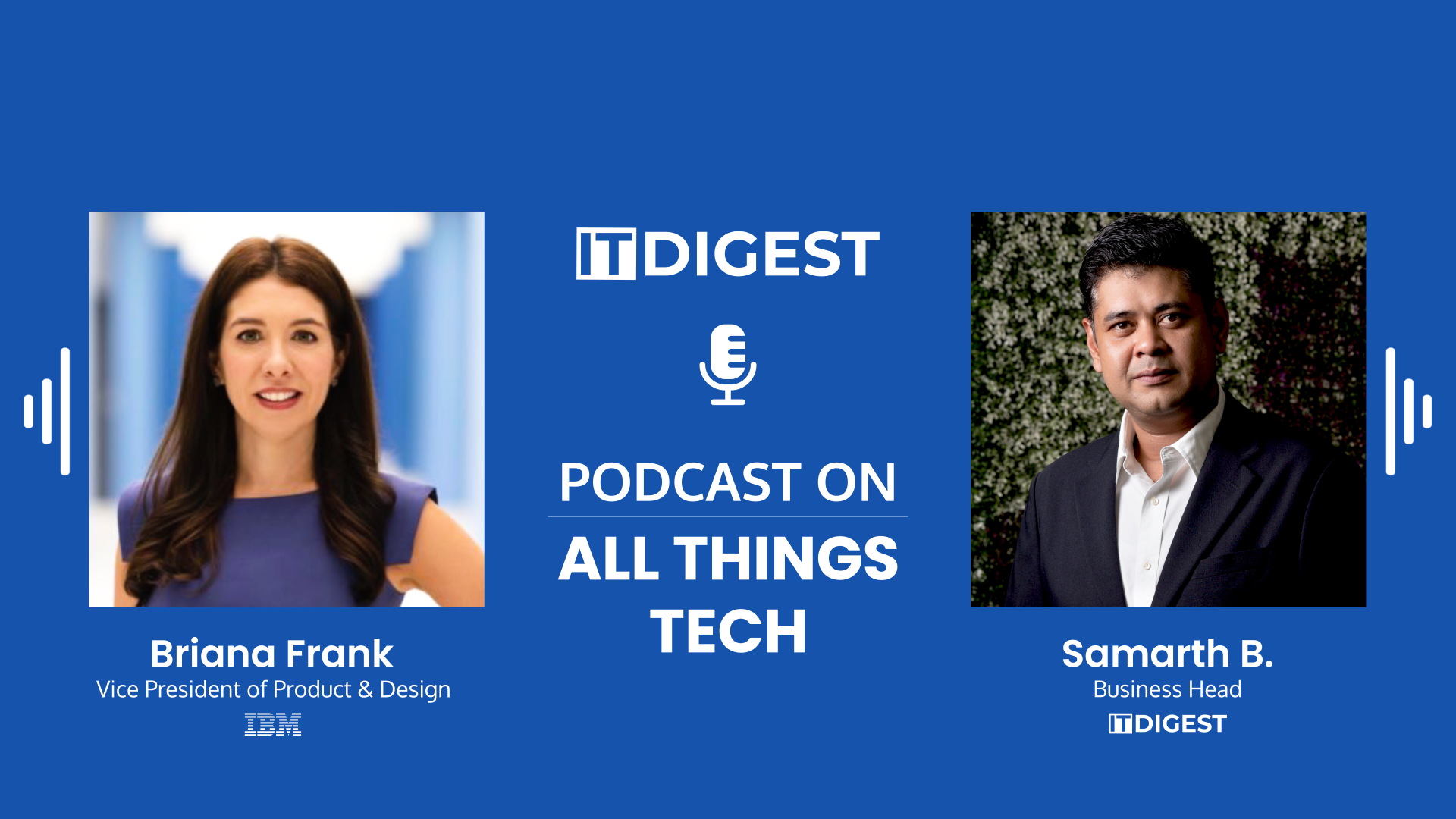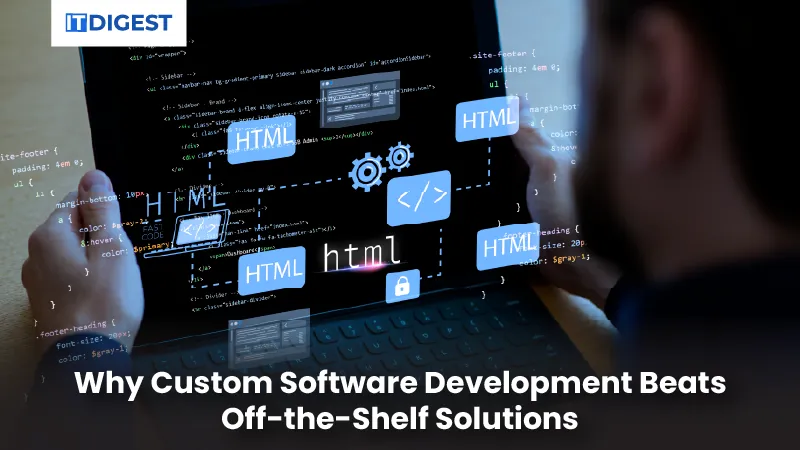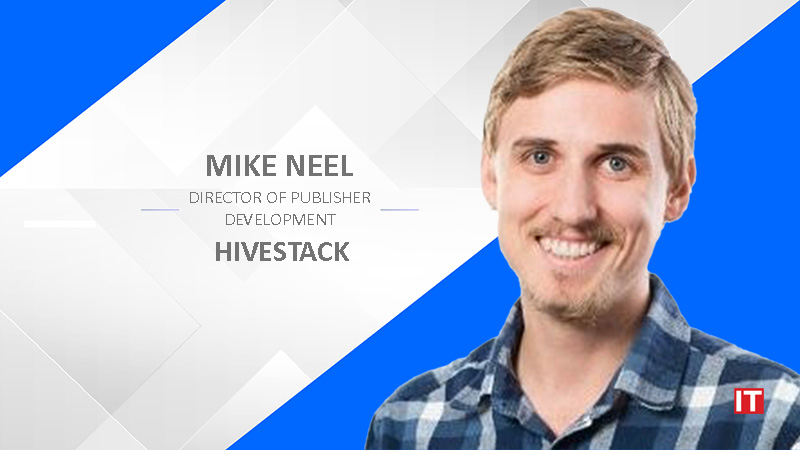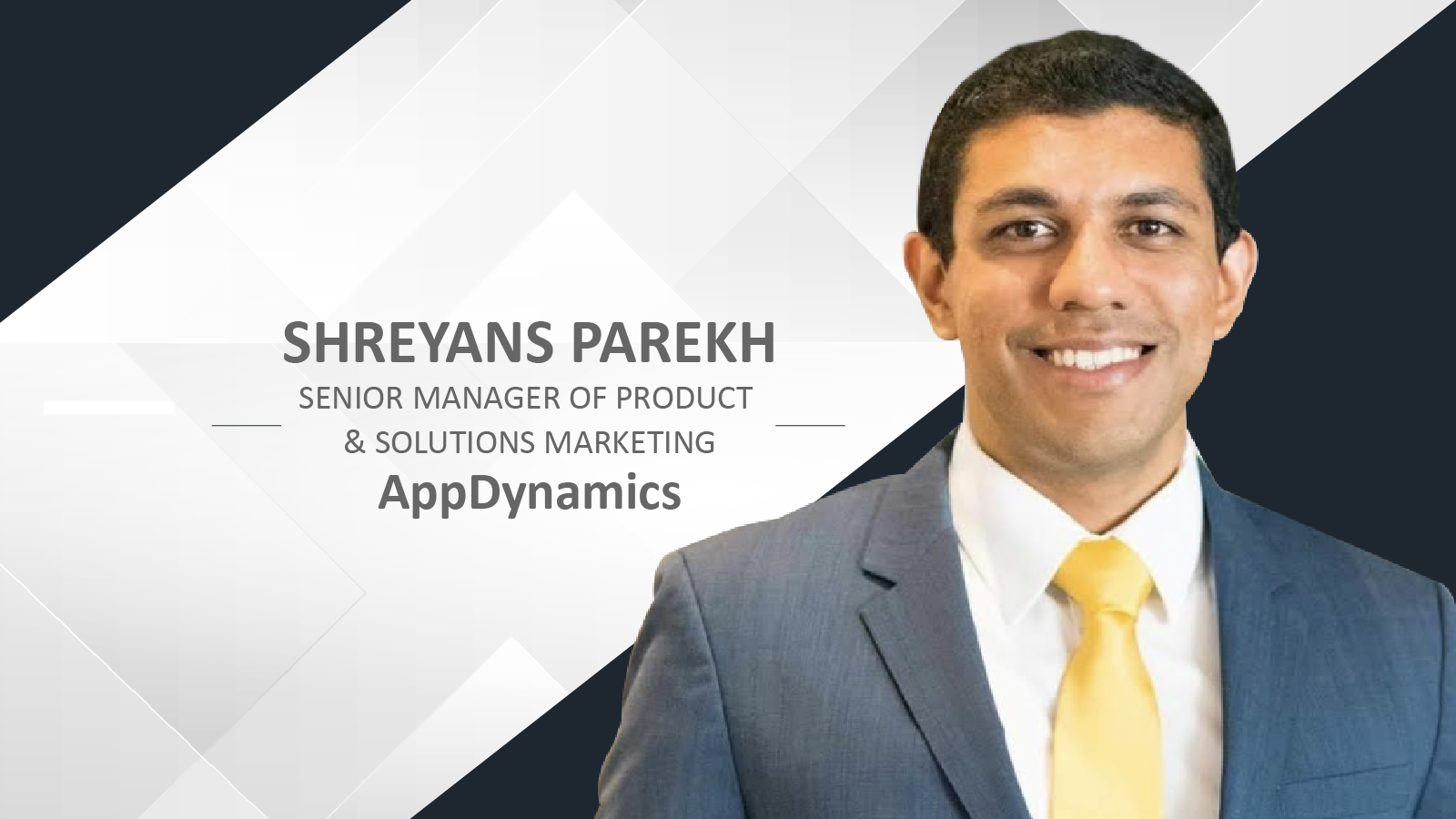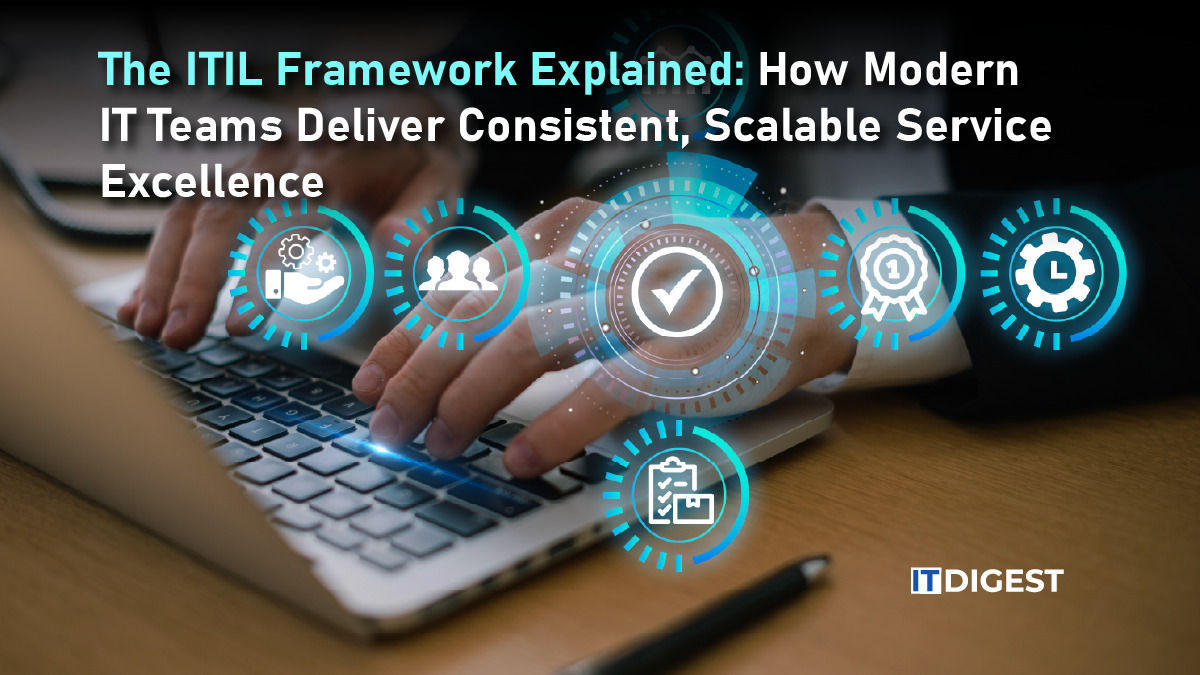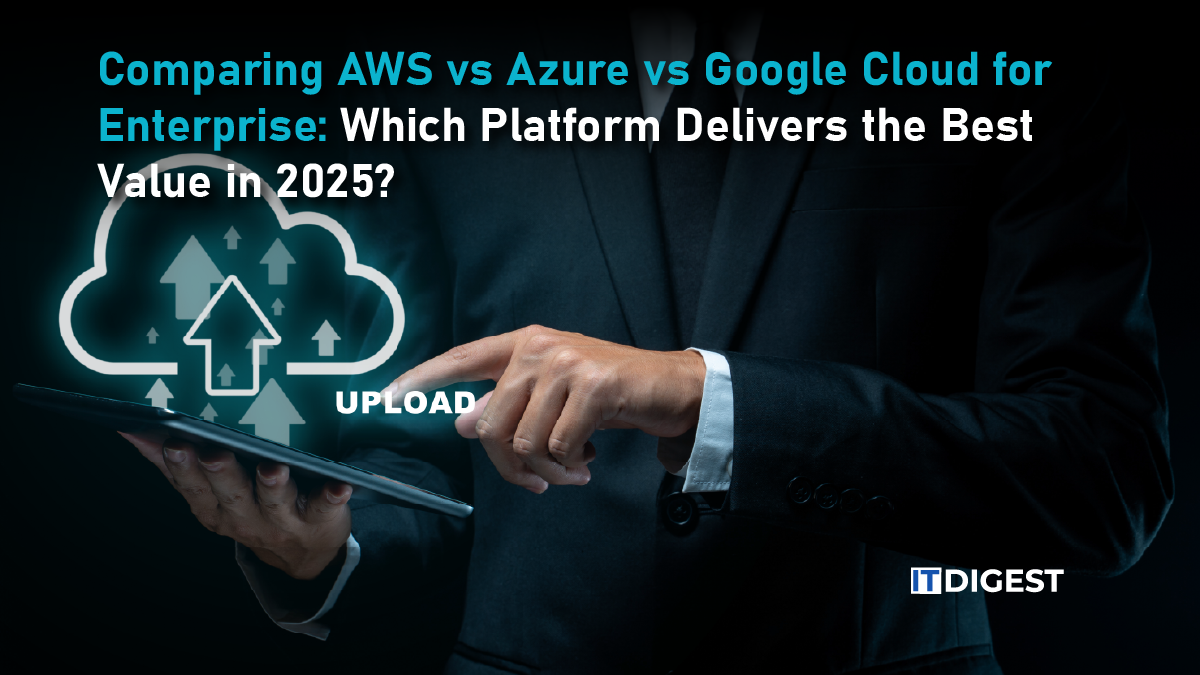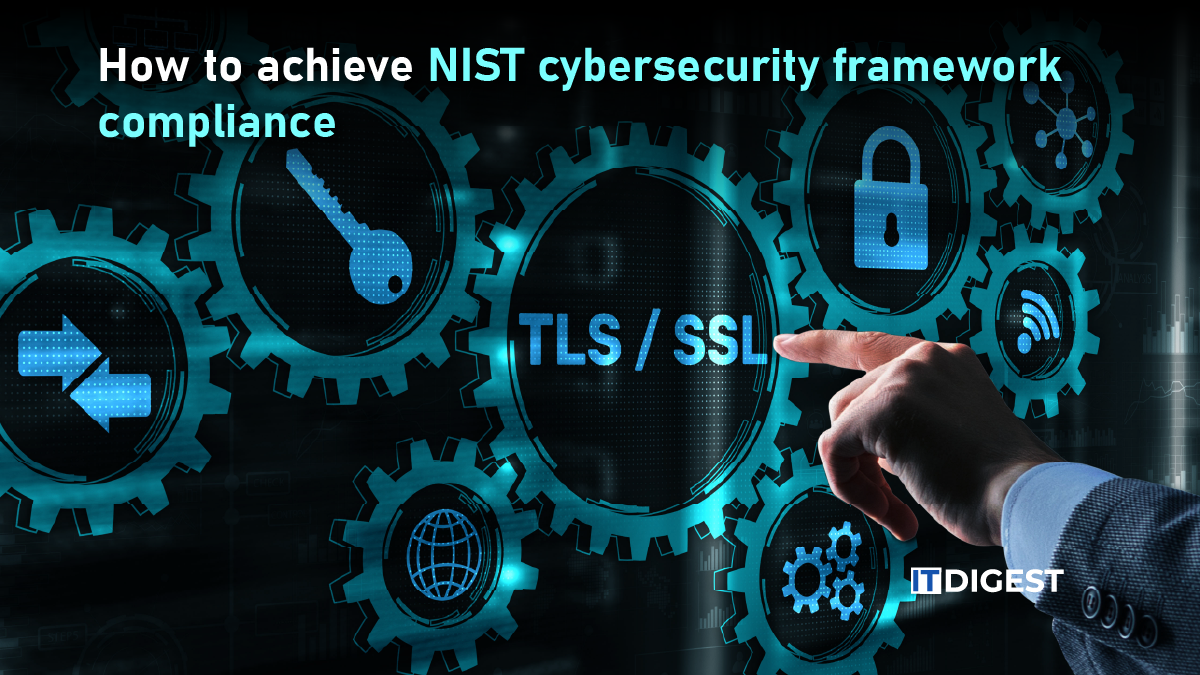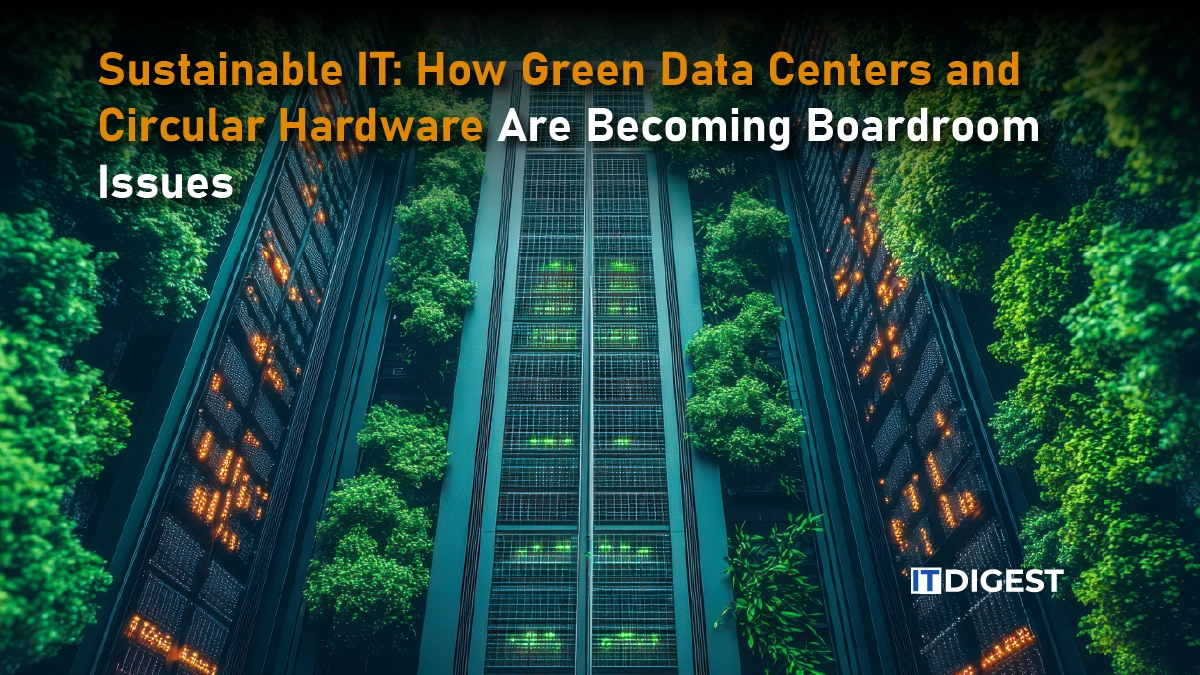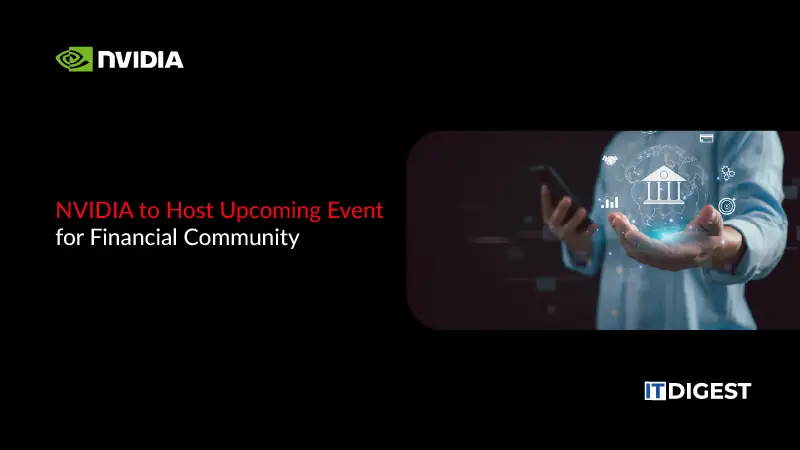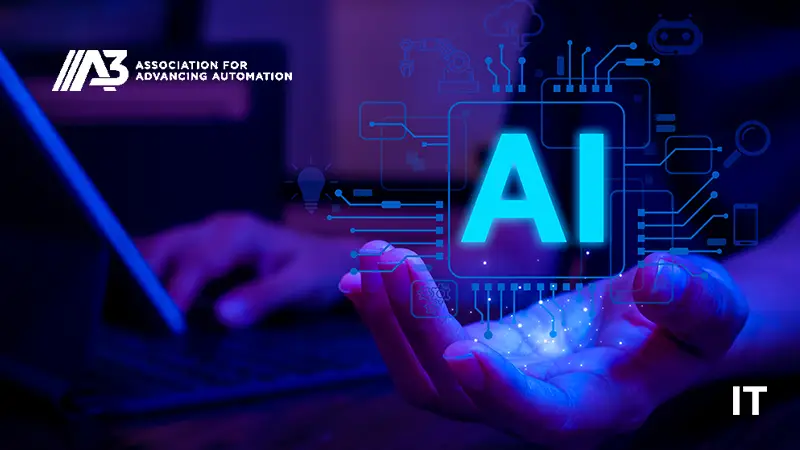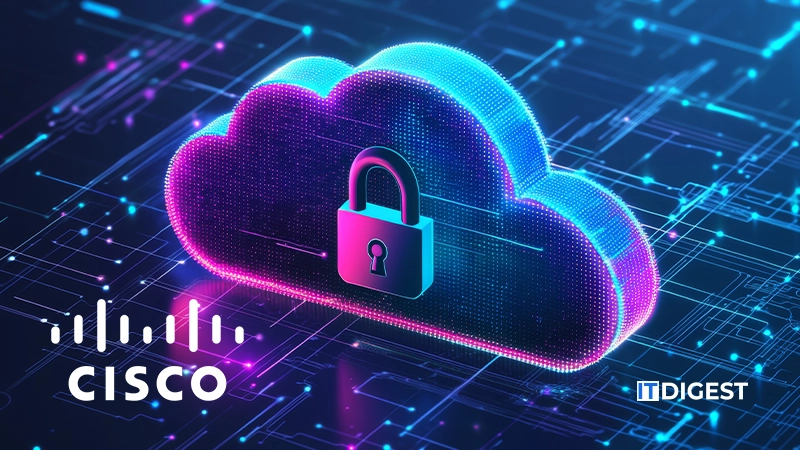Cisco Systems announced a major advance in its managed-services security portfolio: it is embedding foundational multi-customer management capabilities into its Cisco Security Cloud Control platform, specifically aimed at Managed Service Providers (MSPs).
The announcement gives MSPs a unified console from which to manage multiple customers’ security estates including the Hybrid Mesh Firewall and other services reducing operational complexity, lowering cost-to-serve and enabling faster time-to-value.
According to Cisco:
-
Security Cloud Control now supports a “Manager View” for multi-customer visibility; role-based access controls (RBAC) and licensing simplification aimed at MSPs.
-
The Hybrid Mesh Firewall is positioned as a distributed security solution that works across data centres, cloud, edge and workload agents (including via eBPF) and integrates network and workload identities to enforce policy globally.
-
Cisco cites test results of its Secure Firewall platform (Threat Defense 7.7) detecting between 99.5%-100% of threats in recent independent tests.
-
The new capabilities are expected to become generally available in February 2026.
In the words of Jeetu Patel, President and Chief Product Officer at Cisco:
“MSPs are on the front lines, helping businesses navigate the complexities of modern cybersecurity, especially as AI makes threats more sophisticated. The new multi-customer management capabilities in Cisco Security Cloud Control, coupled with our Hybrid Mesh Firewall, are designed to eliminate operational friction, empower our partners to accelerate revenue growth, and ultimately deliver superior security outcomes for their customers.”
Also Read: Upwind Introduces Runtime Evidence-Driven Engine to Shift Cloud Security Posture Forward
Implications for the Cloud Security Industry
From the vantage point of cloud-security and managed-services evolution, this announcement is significant for several reasons:
1. MSPs scaling up & cloud-driven complexity
As more enterprises adopt hybrid/multi-cloud, edge, workload-centric architectures with services running in public clouds, private clouds, edge sites and containers or agents in hybrid setups the security posture required becomes increasingly distributed and dynamic. Traditional perimeter-based approaches are inadequate; solutions must span clouds, on-premises, workloads and edge. The hybrid mesh firewall concept reflects this shift.
By giving MSPs a unified operational plane for multiple customers in such environments, Cisco is acknowledging that the “cloud security” value chain is migrating from purely product sales to operational service delivery. MSPs that can abstract, automate and scale security across heterogeneous environments become critical players.
2. Single-pane platforms become strategic
In a world of point-product sprawl, dashboards, consoles and management fatigue are real. Cisco’s pitch around “single-pane of glass” (via Security Cloud Control) for multiple customers addresses a real pain-point in cloud security operations: visibility, control, permissions, licensing. For the industry, this means consolidation pressure: vendors will need to offer not just effective security engines but also high-scale operational tooling for MSPs and service models.
Automation, role-based access, onboarding, provisioning these non-glamorous but essential capabilities are now differentiators in cloud security.
3. Shift to business outcomes and managed-security economics
Cisco emphasises outcomes for MSPs: faster market entry for new customers, lower cost of operations, easier upsell and increased customer lifetime value. This reflects the industry trend where cloud security is increasingly delivered as a managed service (SECaaS, MSSP etc) rather than just boxes or software licenses. For MSPs and their enterprise customers alike, the business model matters: predictable subscription/consumption pricing, simplified licensing, cross-customer scale.
For enterprises, this means they can lean on MSPs with robust tooling to abstract away complexity. For MSPs, it signals that vendors are recognising them as strategic partners, not just resellers.
4. AI-driven threats and workload identity enforcement
Cisco repeatedly mentions that this solution is “AI-powered” and addresses vulnerabilities in AI models, workload identities, micro-perimeters. As AI becomes integrated into enterprise applications and operations, security frameworks must account for new classes of risk: model extraction, adversarial attacks, data poisoning, etc. The hybrid mesh firewall’s ability to apply segmentation, workload micro-perimeters and policy enforcement across agents and cloud workloads is aligned with this.
Thus, in the cloud-security industry, one sees the convergence of network security, cloud workload protection, identity & access, threat detection all under a unified umbrella. Vendors that deliver that convergence effectively will set the pace.
Effect on Businesses Operating in the Cloud-Security Ecosystem
For different players in the ecosystem, Cisco’s announcement has layered effects:
MSPs & Managed Security Providers
-
They gain a stronger platform to onboard and support customers across hybrid/edge/cloud environments. The multi-customer capabilities reduce operational friction (fewer consoles, less license confusion, less manual work) and accelerate time-to-market with security services.
-
The ability to bundle multiple services (hybrid mesh firewall + SSE + other security controls) from a unified platform gives MSPs more strategic value and higher margin potential.
-
However, MSPs must still build competence: managing hybrid/mesh architectures, understanding workload identity, integrating telemetry (Cisco mentions Splunk integration) and differentiating services. Those who invest in automation, orchestration and service design will benefit most.
Enterprises (End-Customers)
-
Enterprises procuring managed security services will see improved consistency and visibility in how their MSP(s) manage their security estates. They may demand unified dashboards, stronger reasoning around policy enforcement across cloud/edge/workloads.
-
The hybrid mesh firewall architecture means enterprises can adopt more granular segmentation, improved workload isolation, better control across cloud/on-premises/edge which enhances security posture in hybrid-cloud transitions.
-
With MSPs empowered by stronger vendor tooling, enterprises might see faster roll-outs, lower complexity and better service levels.
Vendors & Ecosystem Players
-
Vendors in the cloud-security industry will feel increased pressure to support service-delivery models, multitenancy, automation/APIs, unified consoles, and integration with managed-services workflows. The “box or licence” model is less differentiating; the service-ready model is key.
-
Ecosystem partners e.g., analytics platforms (Splunk), identity-and-access vendors, cloud providers, agent/workload vendors (eBPF) will see more expectation of interoperability. Cisco’s mention of telemetry integrating with Splunk is indicative.
-
Smaller or niche security players may either partner with MSPs or need to build capabilities to be integrated into managed-service stacks; offering APIs, tenant-centric instrumentation, role-based controls.
Strategic Takeaways for AI & Cloud-Security Focus
Since your audience at aiTech365 is especially interested in AI and cybersecurity, a few additional points worth noting:
-
The reference to vulnerabilities in AI models in the press release is telling: Cisco’s Hybrid Mesh Firewall claims to protect “vulnerabilities, including those in AI models.” This suggests a growing recognition of model-infrastructure risk: adversarial attacks, data poisoning, inference leakage, etc. Vendors and MSPs must incorporate AI-threat models in their cloud-security frameworks.
-
The consolidation of visibility, identities, segmentation across cloud and on-premises workloads means that AI-rich environments (e.g., edge inferencing, hybrid data-science workloads) will benefit from more consistent policy enforcement. For enterprises building AI pipelines, the hybrid security fabric becomes a foundational enabler.
-
MSPs with strengths in AI-driven detection, automation of triage, and orchestration of multi-tenant environments will be especially well-positioned. Cisco’s mention of AIOps and “AgenticOps” in its console underscores how operational automation (via AI) is part of the service offering.
Conclusion
In sum, Cisco’s announcement marks a clear step towards aligning security vendor offerings with the realities of hybrid, multi-cloud, edge and AI-driven threat landscapes and crucially, with the service models that MSPs increasingly deliver. For the cloud-security industry, this is part of a broader shift: from isolated point products to operational platforms that support service delivery at scale.
For MSPs and enterprises alike, the message is: security architecture must evolve not just from “cloud-first” to “cloud-everywhere with edge & workload,” but operationally from “product deployment” to “service delivery.” Vendors that facilitate this transition with automation, multi-tenant support, unified consoles and AI-driven orchestration will shape the next wave of cloud-security growth.
For aiTech365, this development is a signal that stories at the intersection of MSP growth, hybrid/edge security and AI-centric risk will increasingly dominate. It may be valuable to explore how other vendors are responding, how MSP business models are adapting, and what best practices enterprises are adopting as they shift toward hybrid-mesh, workload-centric security frameworks.



